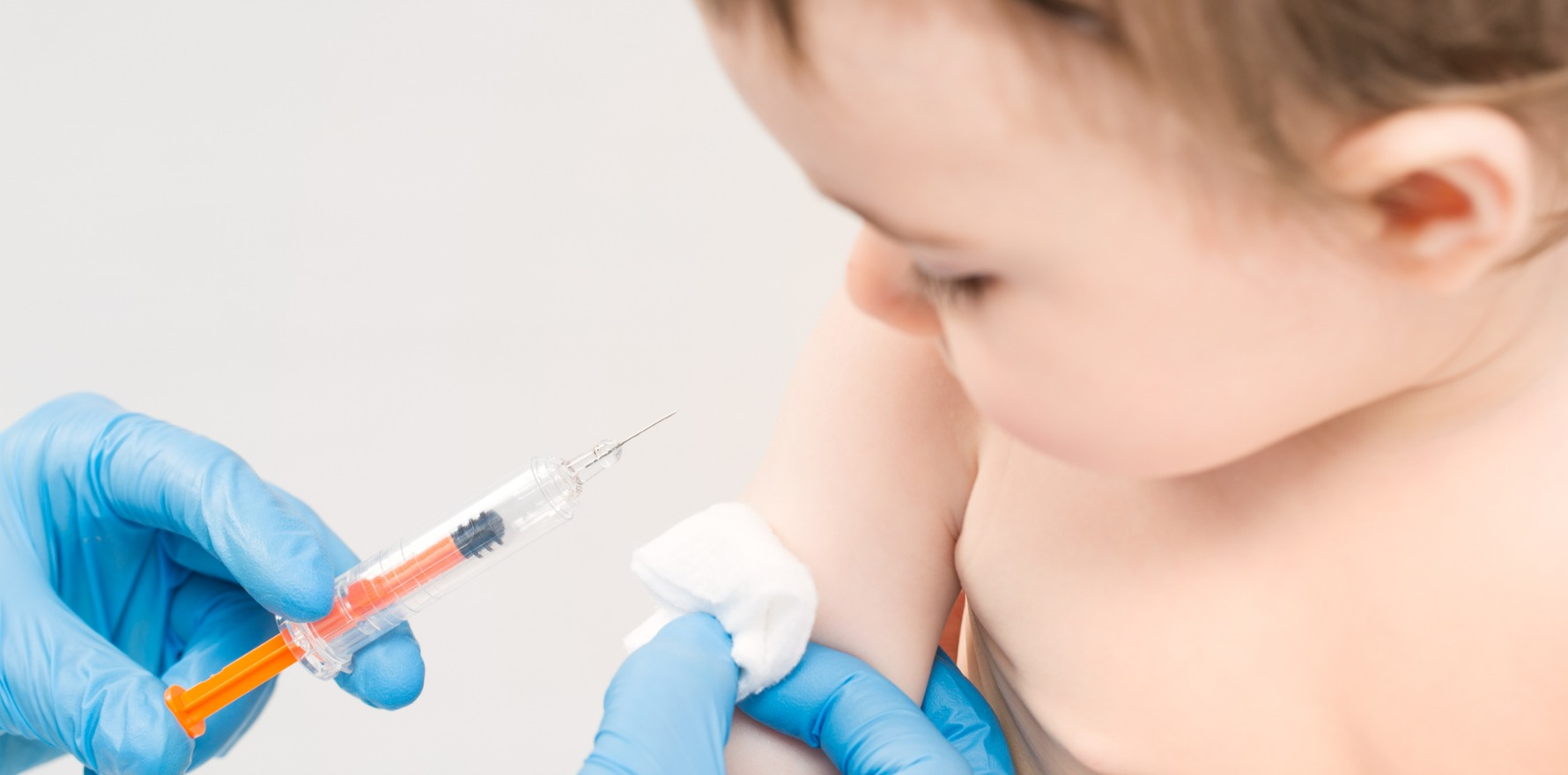An updated chapter in the Australian Immunisation Handbook offers clearer, condition-specific advice for protecting vulnerable patients.
A major update to the Australian Immunisation Handbook provides clinicians with comprehensive strategies for vaccinating immunocompromised patients.
A webinar hosted by the National Centre for Immunisation Research and Surveillance (NCIRS), provided expert commentary on the updated chapter of the handbook.
Professor Nicholas Wood, NCIRS associate director of clinical research and services, said it was an important issue.
While data on the prevalence of many immunodeficiencies were limited and outdated, it was well accepted that the burden was “very large”, he said.
“There were over 160,000 cancer cases diagnosed in 2022; there’s been a huge increase in the new use of biologic disease modifying drugs, and [at the end of 2023] there were over 30,000 people living with HIV; and finally, over 1300 Australians received organ transplants [in 2024],” Professor Wood, who is also a staff specialist general paediatrician and Professor in Clinical Vaccinology at the University of Sydney, told the webinar.
“So they’re important part of community of Australia.”
Immunocompromised patients face a markedly higher risk of severe outcomes from otherwise vaccine-preventable diseases. At the same time, their responses to vaccines may be diminished, and certain live vaccines may pose serious safety risks.
The updated handbook addresses challenges encountered during the covid pandemic, offering clearer guidance on vaccination for patients undergoing treatments like stem cell transplants and biological therapies.
The new chapter provides clearer risk categorisation, with conditions now classified by severity – including congenital deficiencies, acquired conditions and immunosuppressive therapies – with tailored guidance for each group.
Other key changes include:
- Live vs non-live vaccine guidance: Live vaccines now come with strict caution —generally contraindicated in severe immunocompromise. Non-live vaccines (e.g. influenza, pneumococcal, covid, HPV, hepatitis, meningococcal) are broadly safe but may require extra doses to ensure protection.
- Optimised scheduling: Where possible, vaccines should be administered at least four weeks before starting immunosuppressive treatments. Non-live vaccines may be safely administered during therapy but may need repeating once immunity rebounds.
- Special travel considerations: Most live travel vaccines (e.g., yellow fever, cholera) remain contraindicated for moderate to severely immunocompromised travellers. Exceptions (like measles, monovalent varicella) apply only under specific, stabilised circumstances.
- Protection through household vaccination: Prioritising vaccination of household contacts, including live vaccines where indicated, helps create a “ring of protection” around vulnerable individuals.
Senior NCIRS research officer Associate Professor Phoebe Williams, a staff specialist paediatrician, infectious diseases physician and NHMRC Fellow within the Faculty of Medicine at the University of Sydney, said the need for the update “became really apparent during the covid pandemic”.
“There was suddenly a need for really clear recommendations as to who required additional covid vaccines and who was really an immunocompromised person,” she told the webinar.
“When you look at the old Immunisation Handbook chapter, there were quite a few limitations. There was a very limited understanding of what an immunocompromised person really was based on other medications or conditions they may have.
Professor Williams said the previous classifications of “primary” and “secondary” immunocompromised were unclear, and the term “primary immunocompromised” had since been replaced with “inborn errors of immunity”.
Related
“There was also very little information around this rapidly evolving class of drugs that many of us are having to deal with in our day-to-day lives at the moment, particularly around biological therapies and with new strategies emerging for oncology patients, such as the use of CAR T therapies,” she said.
“And finally, there was a lack of clarity around the recommendations for when you can safely immunise someone who may have a temporary immunocompromising state, and we tried to address that with the new chapter.
“This new chapter development has not been something that happened overnight but has been a couple of years of work. It’s involved looking at how all the other international immunisation recommendation groups have authored their recommendations and some of the evidence that they have put into that,” Professor Williams said.
The new chapter provides clearer categorisation of immunocompromise severity, detailed guidance on vaccination for different conditions and new tables to help clinicians make informed decisions.
Key vaccination recommendations include:
- Patient’s underlying disease;
- Current treatment status;
- Immune system recovery;
- Seasonal infection risks;
- Timing of vaccines (live vs. non-live);
- Consultation with immunisation specialist services for complex cases.
The experts unanimously agreed that while the new guidelines provided a valuable framework, clinical judgment remained paramount in managing vaccinations for immunocompromised patients.
Watch the full webinar here. The updated Australian Immunisation Handbook chapter on vaccination for people who are immunocompromised is also available here.





